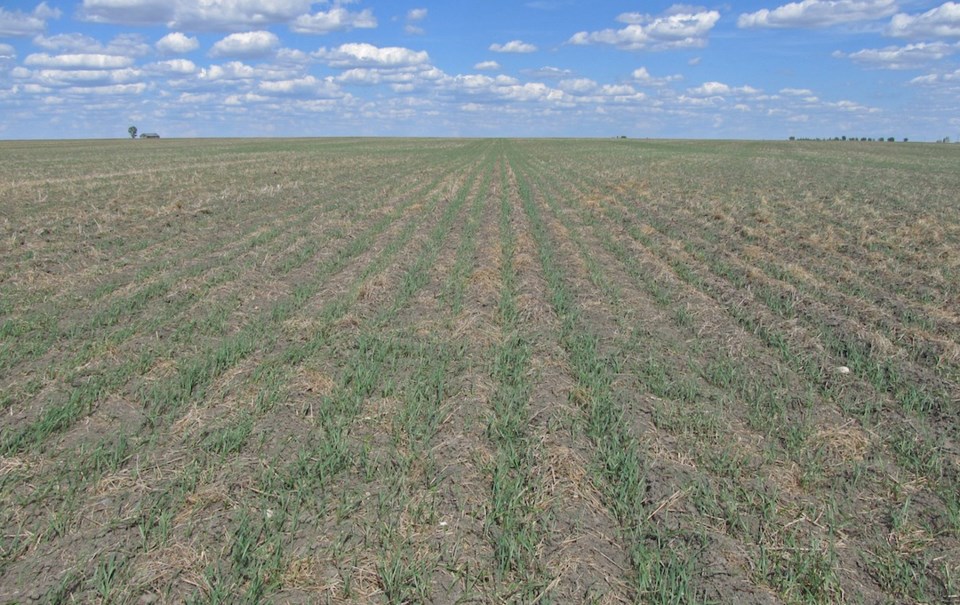Some of the areas of the province received rain last week; however, many of the areas in desperate need of moisture received little to no rainfall again. The rain will help to relieve dry soil conditions in the areas where it fell, and encourage germination and growth on cropland, hay land and pasture.
The amount of rainfall varied significantly across the province, with many small, localized showers rather than wide-ranging precipitation. The Melfort area received up to 90 mm of rain and the Goodeve area 77 mm.
Across the province, 56 per cent of fall cereals, 48 per cent of spring cereals, 52 per cent of pulse crops, and 36 per cent of oilseed crops are at their normal stages of development for this time of year.
Topsoil moisture conditions have improved with the recent rainfall. Cropland topsoil moisture across the province is rated as two per cent surplus, 37 per cent adequate, 40 per cent short, and 21 per cent very short. Topsoil moisture on hay land and pasture is rated as one per cent surplus, 28 per cent adequate, 42 per cent short, and 29 per cent very short.
In Crop District 3AN, west of Moose Jaw, 75 per cent of cropland and 73 per cent of hay land and pasture have very short topsoil moisture. In Crop District 8B, north-east of Saskatoon, 15 per cent of cropland and seven per cent of hay land and pasture have surplus moisture.
Crop conditions across the province are mostly ranging from poor to good and will be improved or sustained by the recent rainfall.
The majority of crop damage this past week was due to strong winds, insects such as flea beetles, cutworms and grasshoppers, and a lack of moisture.
A complete, printable version of the Crop Report is available online at
www.saskatchewan.ca/crop-report.



